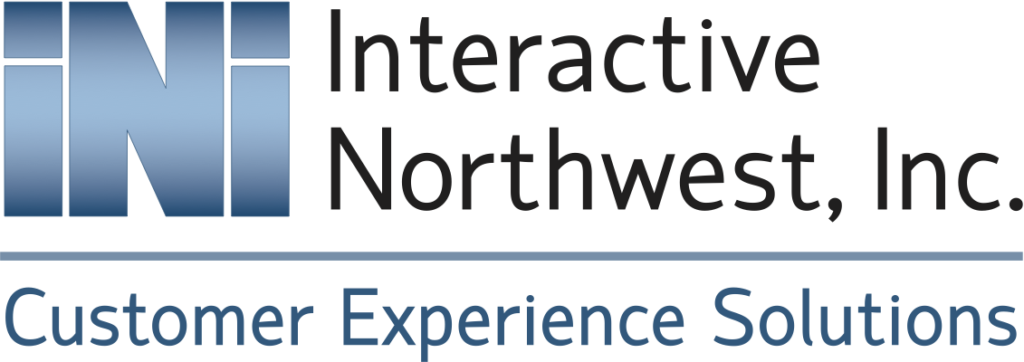In times of crisis, almost everyone has an urgent need for information – employees, customers, community members – causing businesses, healthcare providers, and government organizations to experience much higher inbound call volumes and wait times than normal.
Common inquiries may include: Is the office open? What are the hours? How can I get in touch with someone? Can I reschedule my appointment? Is it possible to make payments online instead of in person?
In this situation, it’s easy for a contact center to be overwhelmed by callers seeking answers to their questions. An outbound notification solution can help preserve limited resources, provide information and emotional support, and improve the employee, patient and customer experience during a crisis.
For healthcare providers, an outbound campaign can be a powerful tool for staying in touch with patients, family members and communities – as well as employees, physicians and other professionals. For example, outbound is an ideal channel to deliver laboratory test results and prescription-related messages. Authentication tools can determine that the correct person is on the phone before delivering patient information, ensuring conformity to HIPAA guidelines.
Outbound can also provide addresses and directions for local crisis centers based on the zip code of the contact. This can be a highly effective tool for patients managing chronic health conditions, such as kidney dialysis, cancer treatment, or mental health issues, whose usual services and appointments may be disrupted.
Other effective uses of outbound in crisis situations include handling of extreme weather situations, utility service problems, or security-related threats. Outbound messaging can also be enhanced with text-to-speech technology to deliver dynamic, customer-specific information, ensuring a personalized experience.
What, then, are some things to consider when deploying an outbound program to manage crisis situations? A good starting point is to identify the questions most frequently asked by callers. Many of these may be easily satisfied with informational content delivered proactively via outbound notification, reducing the flow of inbound traffic by keeping customers and constituents informed.
Also, ensure that the message is relevant, valuable, and sensitive to the needs of the public during the crisis situation. Now is not the time for marketing campaigns, past-due payment reminders, or notifications that may be viewed as a nuisance. Remember that it’s not business-as-usual during times of crisis.
Finally, as with any type of outbound communication, it’s important to keep TCPA, FCC, and state regulations in mind. Although there are certain specific exemptions for making emergency calls without consent, organizations would be wise to offer an opt-in option for people who want real-time updates on a crisis situation.
Interactive Northwest, Inc. (INI) provides a complete outbound practice on a variety of platforms, notably the powerful Avaya Proactive Outreach Manager (POM) engine for Avaya Experience Portal. INI also offers a variety of multichannel options to support outbound campaigns, including voice with speech recognition or DTMF response, as well as one-way and two-way SMS messaging, giving contacts the flexibility to communicate in their preferred channel. For more information about how INI can help your organization navigate the use of outbound during crises, visit interactivenw.com/outbound.


Like!! I blog frequently and I really thank you for your content. The article has truly peaked my interest.
I truly appreciate this article post.Really looking forward to read more. Will read on…
Really enjoyed this blog.Really looking forward to read more. Will read on…